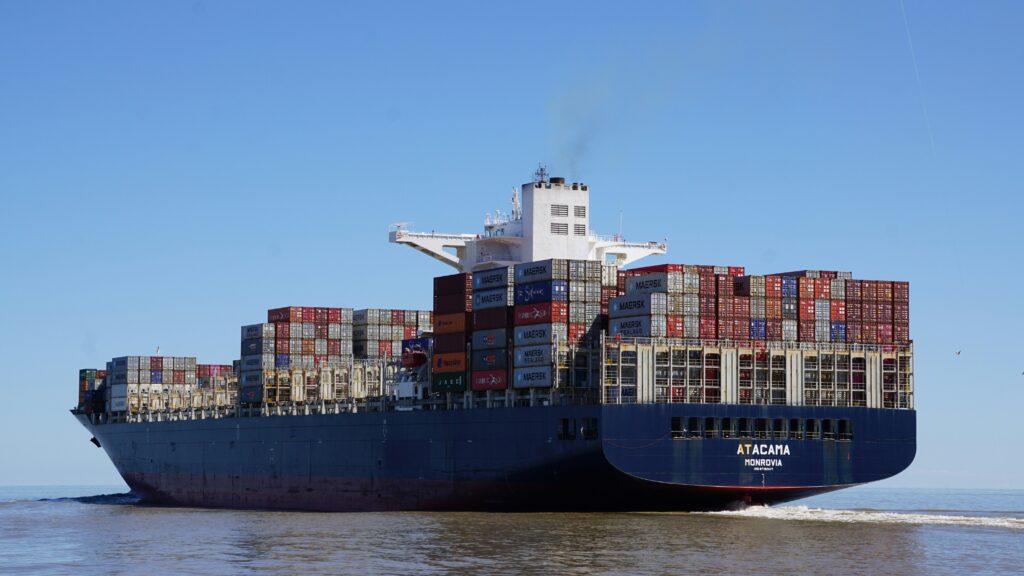How to Start Exporting to the Middle East in 2025
The Middle East remains one of the most dynamic and opportunity-rich regions for international trade. With growing demand for food, construction materials, industrial equipment, and consumer goods, exporting to the region can be a profitable venture — if done right.
—
🔹 1. Understand Market Demand
Each country in the Middle East has its own needs and import regulations. For example, the UAE focuses on high-quality consumer goods and tech, while Iraq has growing demand for construction materials and basic commodities.
—
🔹 2. Get the Right Documentation
Make sure you prepare:
Commercial Invoice
Packing List
Certificate of Origin
Bill of Lading
Import licenses (if required)
Working with experienced customs agents in the region can simplify this step.
—
🔹 3. Choose the Right Logistics Partner
Timely and secure delivery is key. Whether by sea, air, or land, your logistics partner must be reliable and familiar with regional routes.
—
🔹 4. Build Trust with Local Distributors
Having trusted local partners or distributors can accelerate entry to the market and reduce risks. Relationships matter in the Middle East.
—
🔹 Conclusion
With proper preparation and expert support, exporting to the Middle East in 2025 is not just possible — it’s a smart move. SahraClick can guide you through the process from start to finish.
👉 Need help exporting to the Middle East? [Contact us today]


